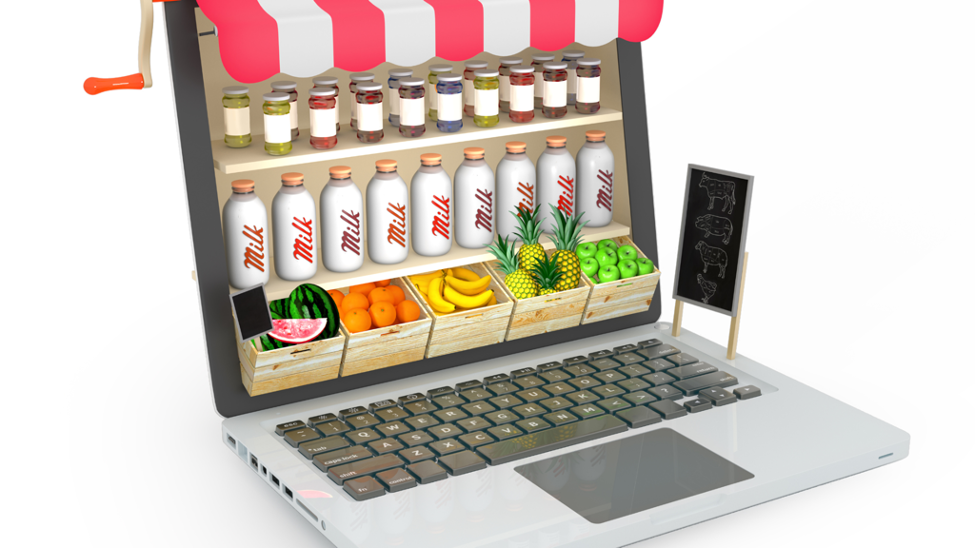Launching an online store is exciting, but it comes with a long list of things to check before going live. A successful launch means making sure your website runs smoothly, is easy to navigate, and builds trust with your customers from day one. This checklist will guide you through the most important steps to take before launching your eCommerce site, helping you avoid costly mistakes and ensure a strong start.
1. Test All Website Functions
Before launching, test every feature on your site. This includes navigation menus, product pages, category filters, search functions, and the shopping cart. If customers encounter broken links or buttons that don’t work, it reflects poorly on your brand. Functional testing ensures your site works well across all devices and browsers. Make sure the user experience is smooth and intuitive from the first click to the checkout process.
2. Optimize Your Meta Titles and Descriptions
Your website needs to rank well in search engines to attract customers. One critical but often overlooked element is the Magento 2 meta title. This title appears in search engine results and gives users a quick idea of what your page is about. Make sure your meta titles are clear, concise, and include relevant keywords. Avoid stuffing them with too many terms—focus on making them informative and compelling. The same goes for meta descriptions, which should briefly explain the content of your pages and encourage clicks.
3. Set Up a Secure Payment System
Customers need to feel safe and secure when entering their account details. That’s why setting up a secure payment link is essential. A secure payment link uses encryption to protect sensitive information during transactions. Ensure your website has an SSL certificate and that all payment gateways are PCI-compliant. Offering multiple trusted payment options, like credit cards, PayPal, and digital wallets, will also boost customer confidence.
4. Review Product Information and Images
Product pages should be detailed, accurate, and visually appealing. Review every product listing to ensure descriptions are clear and include all necessary information—size, material, color, usage instructions, and more. High-quality images are just as important. Use multiple images from different angles, and if possible, add video demonstrations. The better your product presentation, the fewer questions customers will have—and the more likely they are to buy.
5. Set Up Inventory and Order Management
Before going live, check that your inventory is updated and order management systems are working correctly. Make sure stock levels are accurate and test how the system handles out-of-stock items. You should also test the entire order process—from adding items to the cart to order confirmation emails—to ensure everything flows without errors. This reduces the risk of overselling or shipping issues once customers begin placing orders.
6. Configure Shipping and Tax Settings
Shipping and taxes can be a deal-breaker for many customers if not handled properly. Set clear shipping policies, including delivery times, charges, and return procedures. Make sure your tax settings are configured based on where your customers are located. Provide shipping options with tracking, and consider offering free shipping at a minimum spend to encourage larger orders.

7. Test Email Notifications
Automated email notifications are vital for keeping your customers informed. This includes welcome emails, order confirmations, shipping updates, and password resets. Check that all these emails are correctly triggered, contain accurate information, and are professionally written. Make sure they are mobile-friendly, load quickly, and reflect your brand’s tone and design.
8. Ensure Mobile Responsiveness
More than half of online shopping happens on smartphones. Your online store must be mobile-responsive, meaning it adjusts automatically to different screen sizes. Test every page and function on mobile devices to make sure everything is easy to read, click, and scroll. A mobile-friendly site not only improves the user experience but also ranks higher in search engines.
9. Install Essential Analytics Tools
Tracking performance from day one helps you make smart business decisions. Install tools like Google Analytics and Facebook Pixel before your site goes live. These tools show you how users are interacting with your store—what pages they visit, how long they stay, where they drop off, and what drives conversions. With this data, you can optimize your website over time and make informed marketing decisions.
10. Check Page Speed and Performance
Site speed is a major factor in user experience and SEO rankings. Use relevant tools like Google PageSpeed Insights or GTmetrix to analyze load time of your site. Compress images, enable caching, and minimize code where possible to ensure fast loading speeds. A slow website not only frustrates customers but also hurts your search rankings.
11. Confirm Legal Compliance
Every online store must comply with local laws and regulations. This includes displaying clear terms and conditions, privacy policies, and return policies. If you’re collecting customer data, make sure you follow data protection laws like GDPR or CCPA. Customers appreciate transparency, and legal compliance protects your business from potential lawsuits or fines.
12. Create a Backup System
Even the best websites can experience issues. Set up regular backups of your entire store, including content, customer data, and order history. Choose automated backup solutions that can quickly restore your site if something goes wrong. A reliable backup system is your safety net in case of technical errors, data loss, or cyberattacks.
Final Thoughts
Launching an online store involves much more than just going live. From optimizing your Magento 2 meta title to securing every secure payment link, every detail matters in building a trustworthy and efficient eCommerce platform. This checklist helps you avoid last-minute surprises and gives your store the best chance at long-term success. Take the time to review each step, test thoroughly, and go live with confidence knowing you’re fully prepared.

